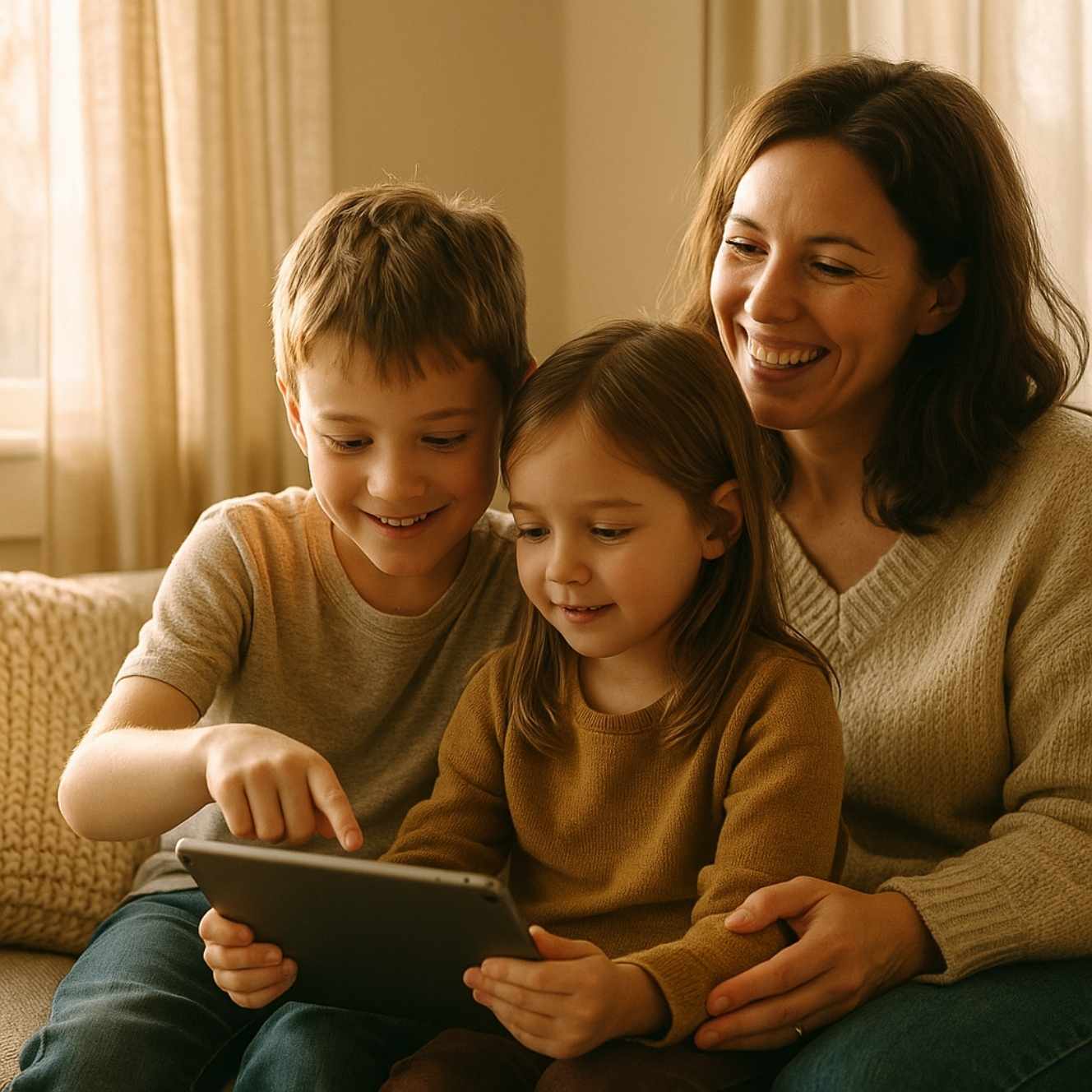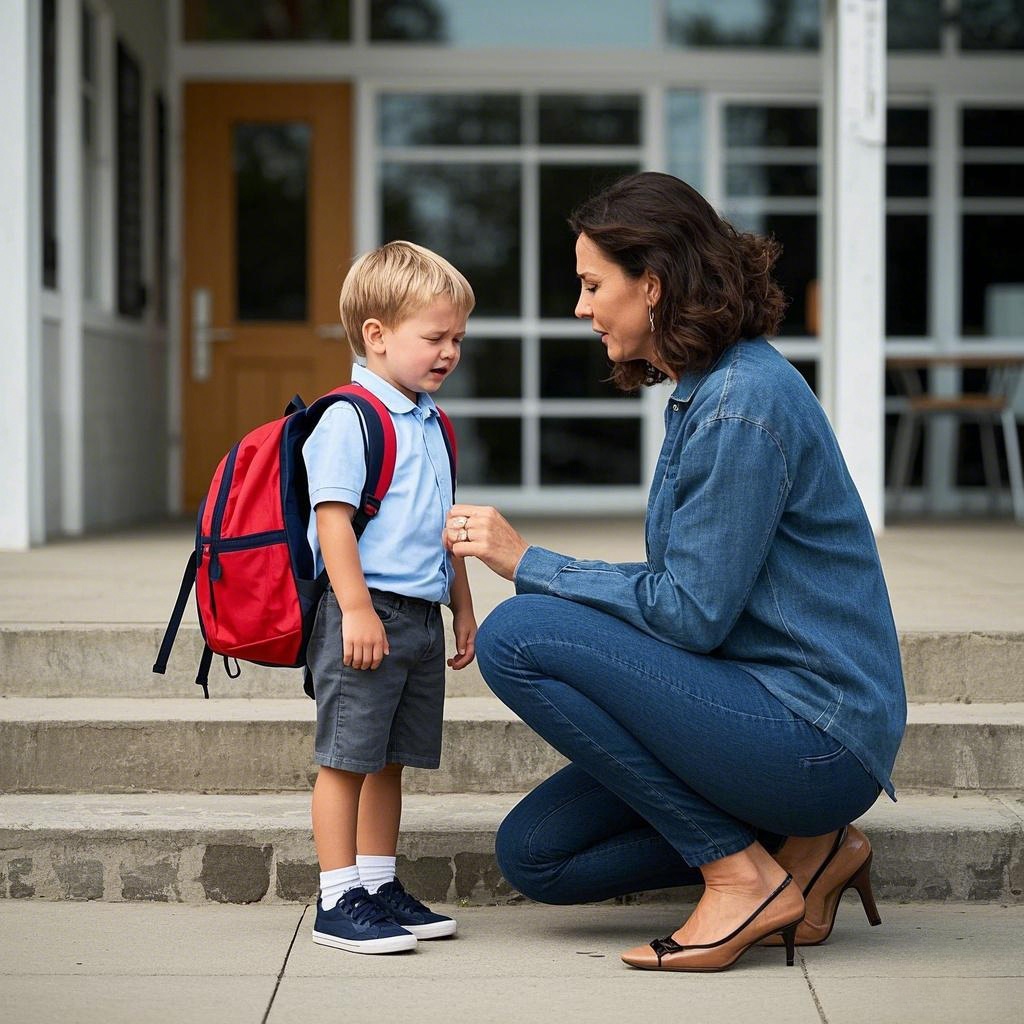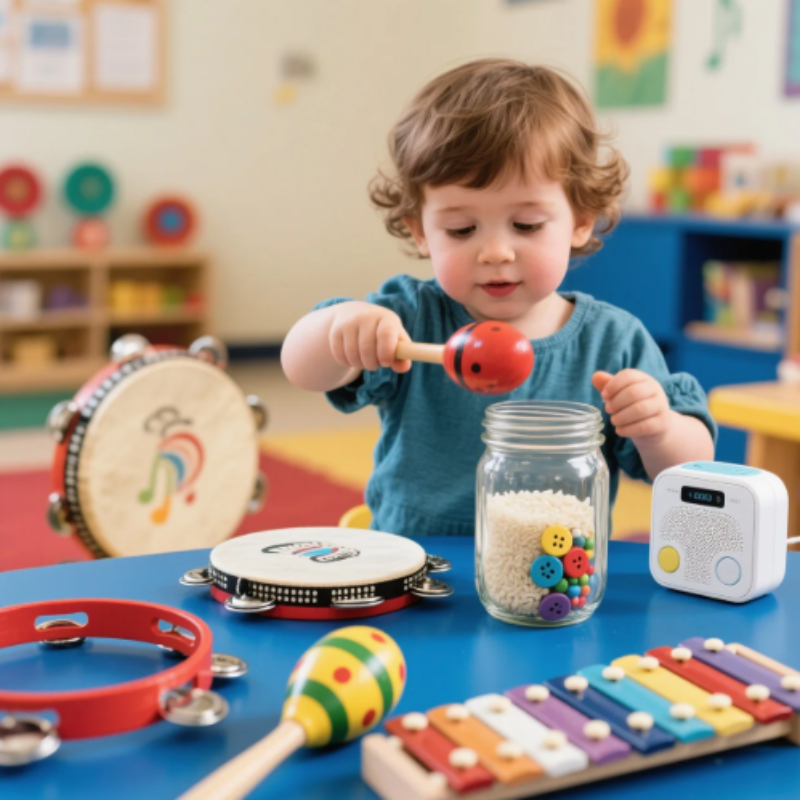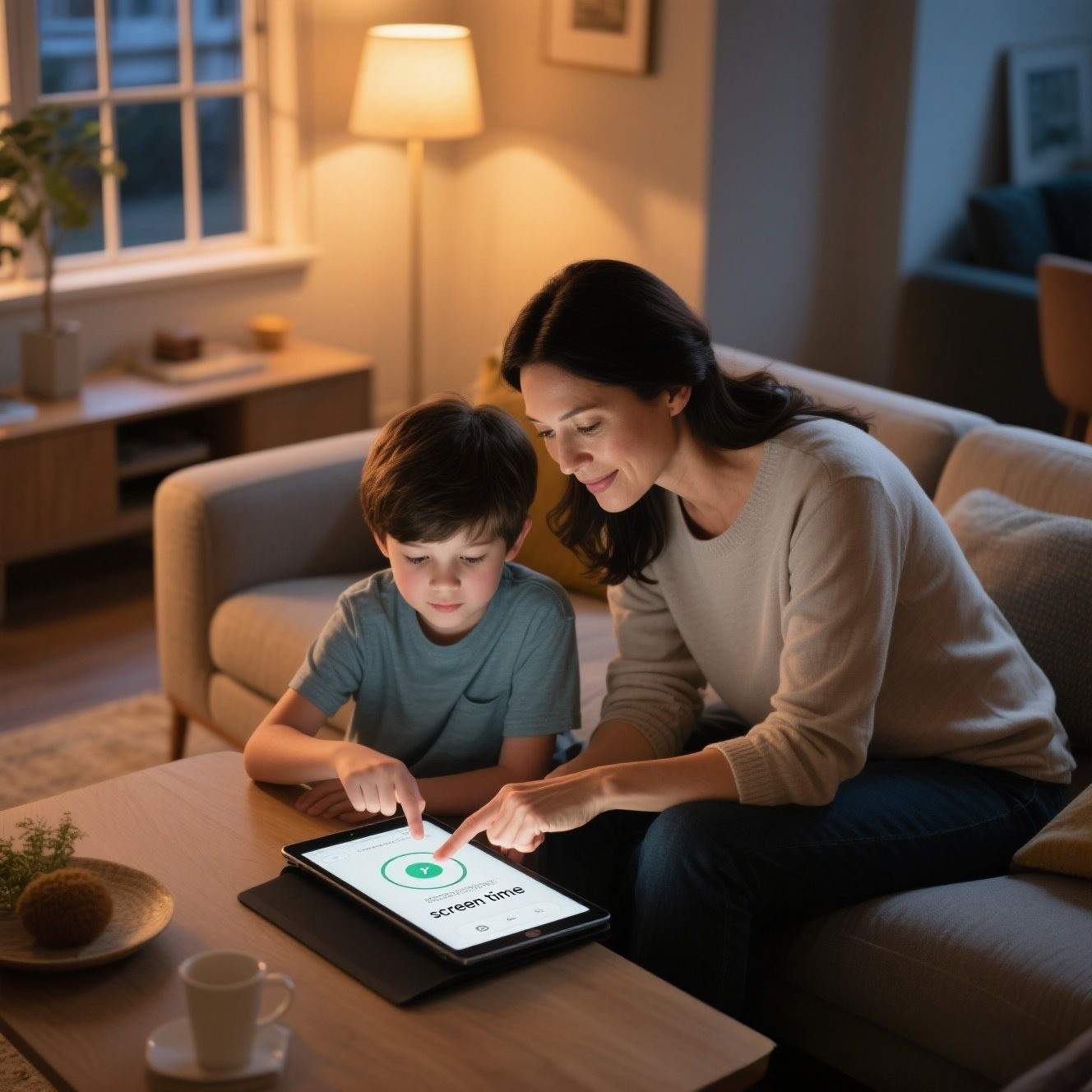Introduction
Screens glow on kitchen counters, back-seat headrests, and nightstands alike—little rectangles that can spark either guilt or relief in modern parents. Many wonder, What Are 5 Positive Effects of Screen Time? While headlines often warn of attention problems and sleep loss, it’s easy to forget that the very same devices can nurture curiosity, calm big feelings, and draw families closer when used with intention. This article breaks down five research-backed benefits of screen time and shows how thoughtful guidance can turn a tablet, TV, or laptop into a genuine ally in your child’s development.
1. Enhances Learning Opportunities
Children’s brains are wired for exploration, and interactive digital content can extend that natural drive far beyond the classroom walls. Educational apps, cleverly designed games, and high‑quality videos expose young learners to phonics, multiplication tricks, science experiments, and world cultures in vivid, engaging formats.
Because most programs adjust difficulty in real time, children get quick feedback—one of the cornerstones of effective teaching. Apps such as Khan Academy Kids guide preschoolers through letter sounds with adaptive mini‑quizzes, while older students tackle geometry with colorful drag‑and‑drop proofs. Interactive storybooks, meanwhile, pair narration with on‑screen word tracking, helping emergent readers cement phonemic awareness.
Access matters, too: a device and Wi‑Fi connection can bring enrichment tools to rural homes, long hospital stays, or rainy vacation cabins. When parents curate a library of reputable platforms and set aside “focused learning” intervals, screen time supplements classroom instruction and reinforces the idea that knowledge is everywhere.

2. Builds Digital Literacy Skills
Tomorrow’s report cards, work meetings, and civic discussions will unfold largely online. Early, positive encounters with technology give children the confidence to navigate that landscape safely and skillfully.
By age five, many kids can already swipe through photo albums and dictate short messages; with guidance, they swiftly progress to typing, basic file management, and thoughtful online etiquette. Practicing short‑key combinations, formatting a digital slideshow, or troubleshooting a frozen app helps develop problem‑solving resilience alongside technical know‑how.
Importantly, digital literacy includes discernment: recognizing misinformation, protecting personal data, and communicating respectfully in chat rooms or multiplayer games. Parents who treat these topics like ordinary life lessons—comparable to tying shoes or crossing roads—equip their children for an academic future where group projects and coding modules are commonplace, and for careers in which competency with digital tools is non‑negotiable.

3. Supports Emotional Regulation Through Mindful Content
Not all shows are frenetic cartoon marathons. A growing library of programs and apps blends storytelling with social‑emotional learning, gently guiding children through feelings of frustration, jealousy, or stage fright. Animated characters pause to breathe when they’re upset, narrate their thought process, and model empathy—providing young viewers with a vocabulary for their own complex emotions.
Mindfulness‑oriented apps lead kids through audio journeys: a cosmic balloon ride that releases anger, or a beach visualization that melts bedtime jitters. Kids press play, listen, and imitate slow belly breaths—physically experiencing calm. Research suggests that such guided practices can lower stress markers and even improve classroom behavior.
Parental involvement remains crucial. Previewing episodes, co‑watching, and prompting conversation (“How did the puppy solve his problem?”) extend the learning into real‑life contexts and reinforce that emotions are normal but manageable with the right tools.
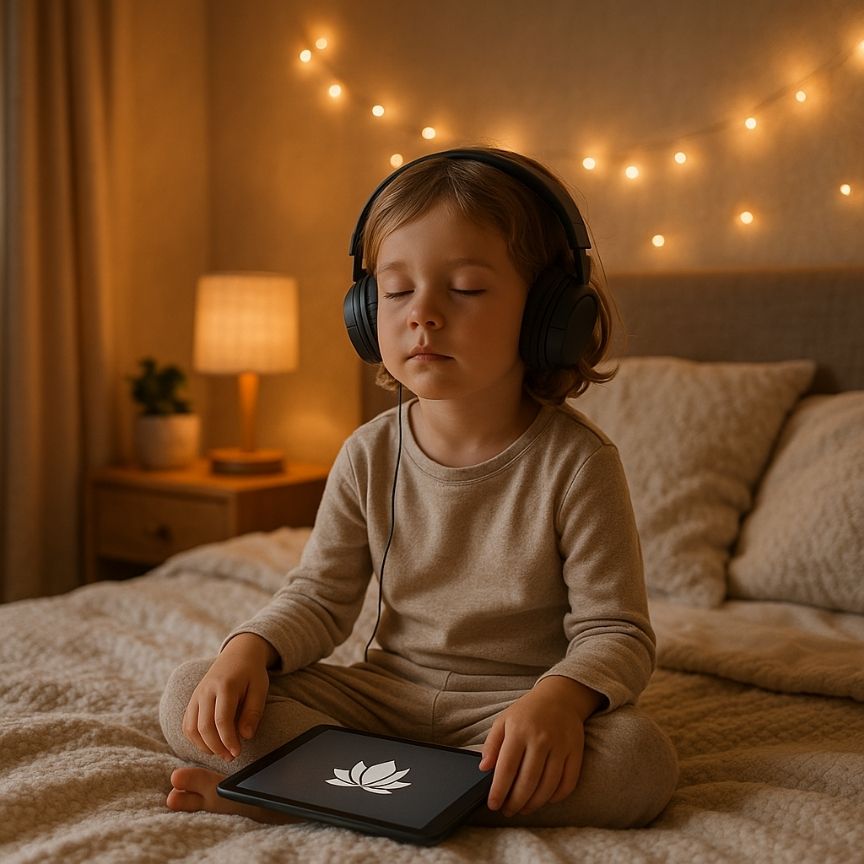
4. Strengthens Family Bonds with Shared Screen Time
Screens do not have to create silos; they can also serve as communal campfires. Watching a nature documentary together invites bursts of “Did you know?” wonder, while cooperative adventure games challenge siblings to strategize as a team. Even a five‑minute how‑to video on baking cookies can end with flour‑dusted giggles in the kitchen.
Family movie nights cultivate rituals: everyone votes on the film, arranges pillows, and negotiates popcorn seasoning. These predictable routines foster security and shared memories. Younger children, in particular, benefit from seeing parents laugh, gasp, or tear up at on‑screen stories—emotions mirrored and discussed afterward deepen empathy and communication.
The key is active participation. Pausing to ask predictions, explaining tricky plot twists, or flipping subtitles on for early readers transforms viewing from passive consumption to interactive conversation, reinforcing language skills along the way.

5. Encourages Creativity and Self‑Expression
Tablets and laptops are not merely portals for consumption; they’re studios brimming with brushes, keyboards, and cameras. Digital drawing suites let kids experiment with endless color palettes without wasting paper, while music‑making apps layer beats and melodies that would require entire rooms of equipment in analog form.
Platforms like Scratch Jr. teach coding concepts through storytelling—characters move, speak, and react according to blocks of logic that children snap together like digital Legos. Stop‑motion tools transform a rainy afternoon of LEGO building into a frame‑by‑frame mini‑movie, complete with sound effects. Each project nurtures perseverance as kids iterate, troubleshoot, and proudly showcase their finished work to family members or classmates.
Because digital creation often involves immediate playback, children receive rapid feedback: a misaligned animation frame or off‑beat drum loop is obvious, encouraging self‑correction in a low‑stakes environment—an executive‑function workout disguised as fun.
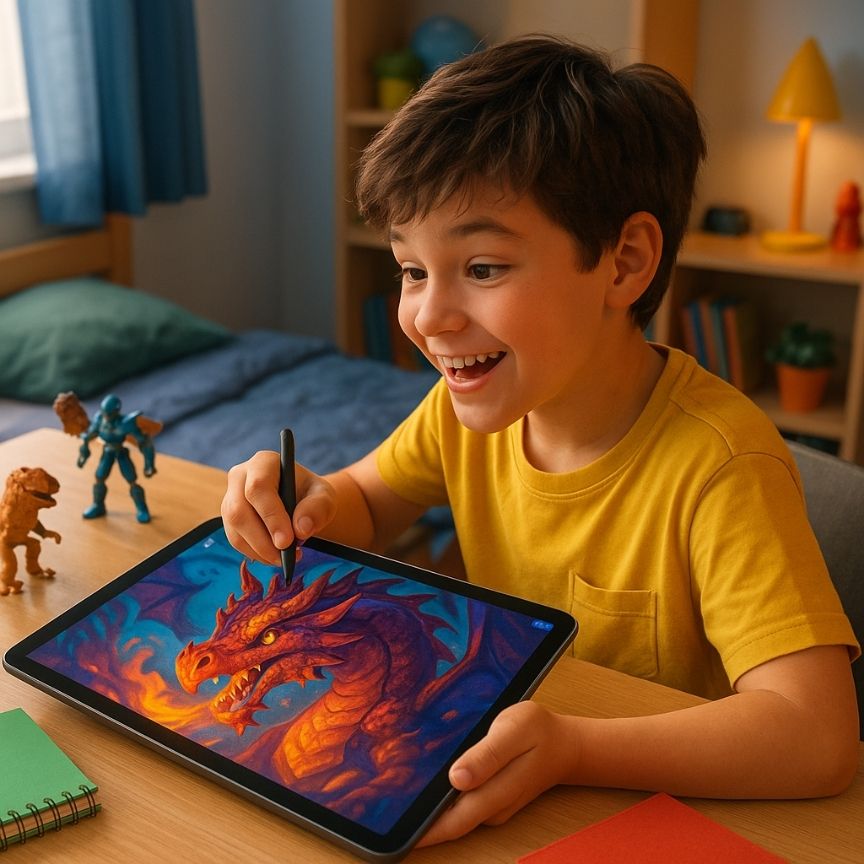
Conclusion
Screen time, like any tool, reflects how we wield it. When balanced with outdoor play, conversation, and sleep—and when guided toward quality content—those glowing rectangles become microscopes, canvases, and bridges. They expand classrooms, teach tomorrow’s workplace fluencies, soothe turbulent feelings, spark family laughter, and unlock creativity limited only by a child’s imagination.
Parents need not fear every minute in front of a screen; instead, curate, co‑view, and converse. Encourage pauses, set boundaries, and celebrate the discoveries unfolding across pixels. In doing so, you transform screen time from a passive pastime into a catalyst for growth—empowering children to explore, invent, and connect in a digital world they will one day shape.

